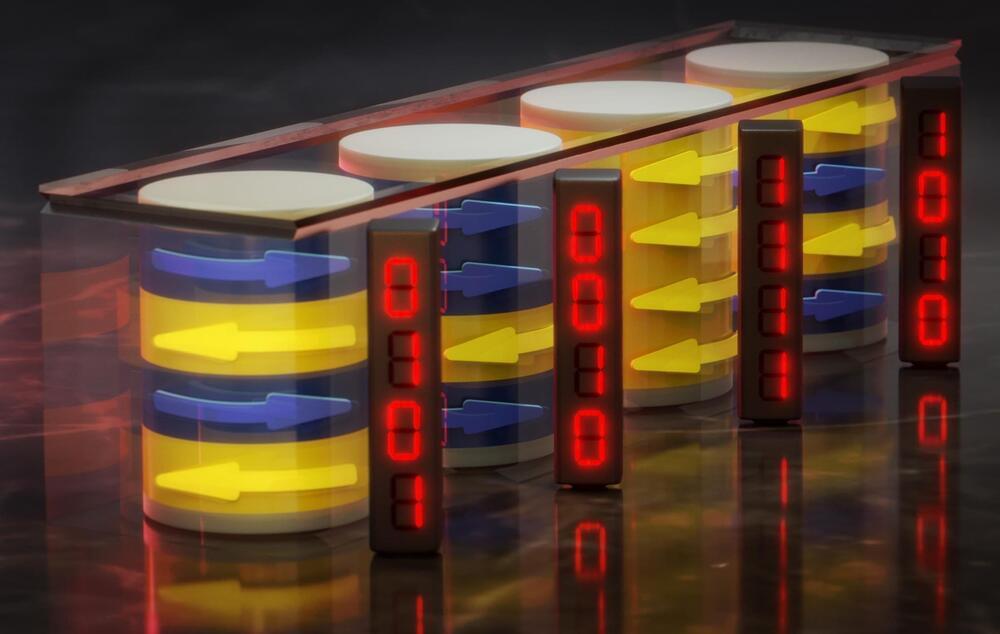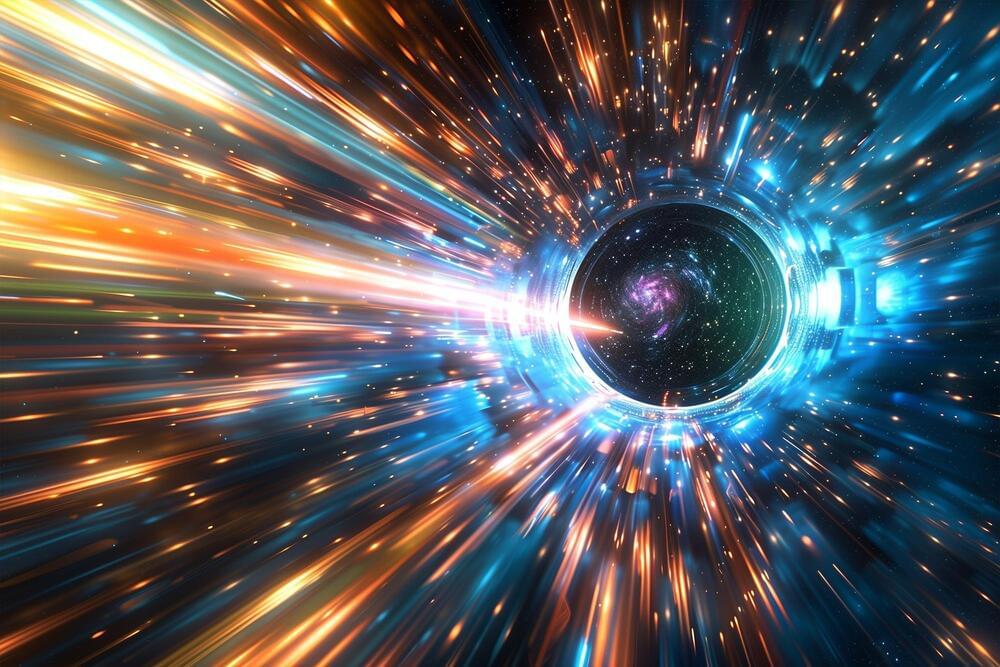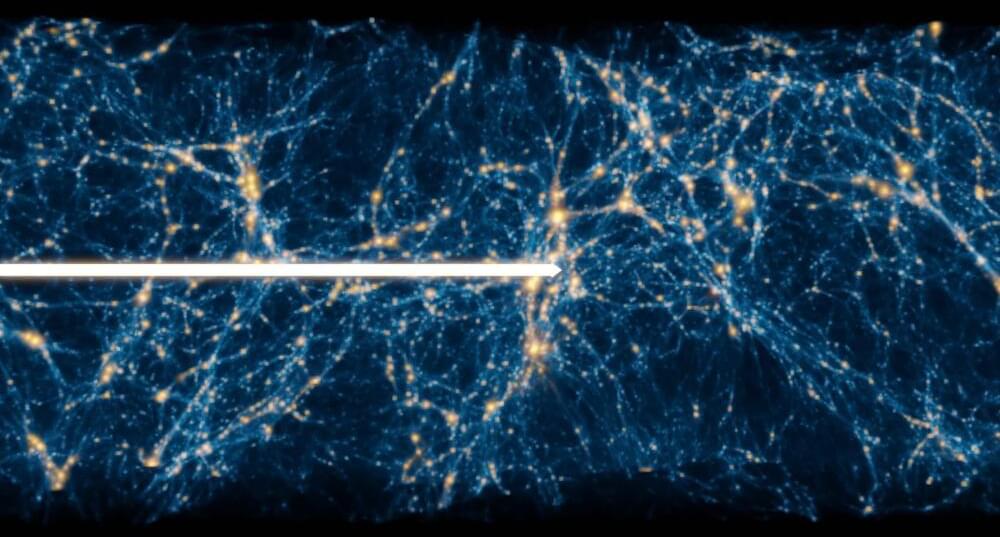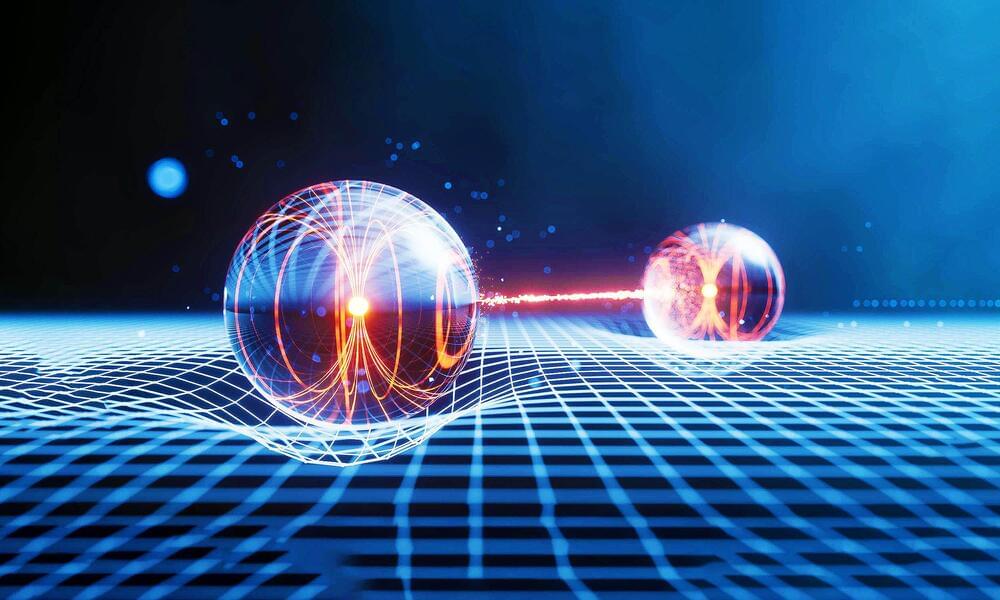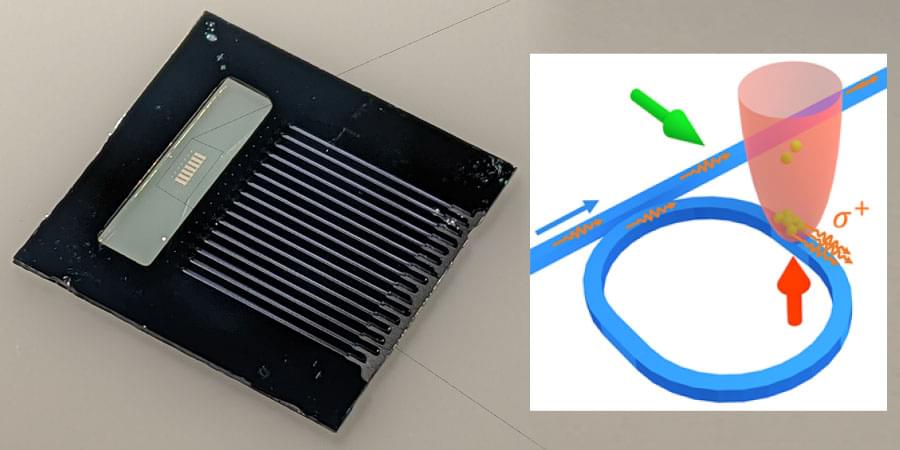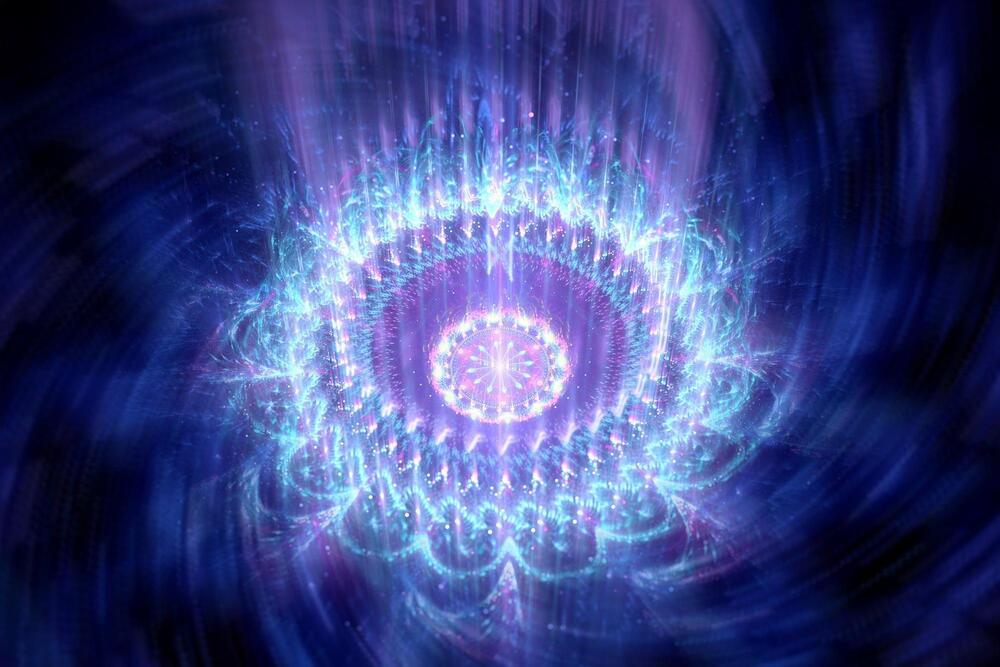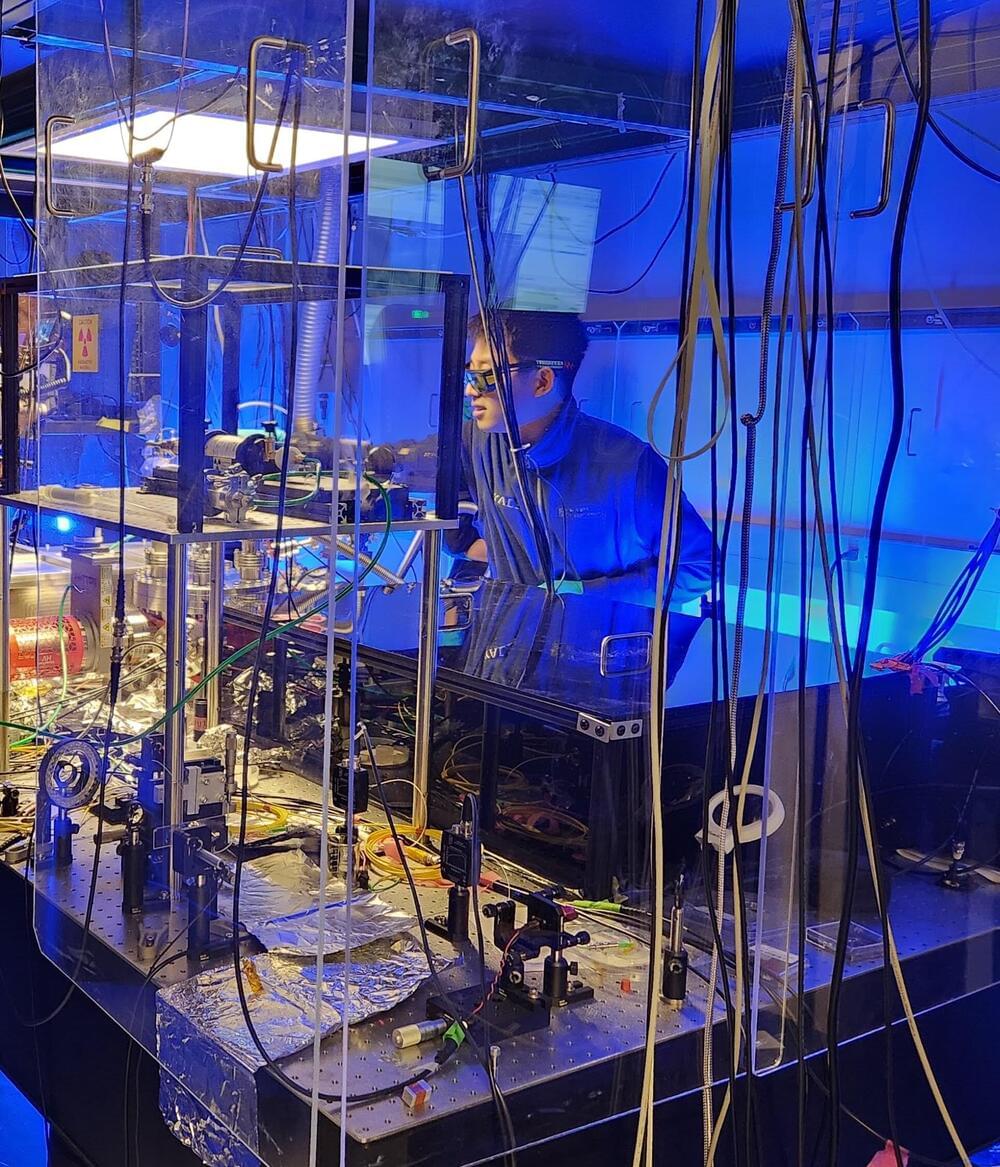Jul 30, 2024
Revolutionizing Data Storage: How 3D Metamaterials and Tiny Magnetic Bubbles Could Change Everything
Posted by Cecile G. Tamura in categories: particle physics, robotics/AI
For the first time, researchers have demonstrated that not just individual bits, but entire bit sequences can be stored in cylindrical domains: tiny, cylindrical areas measuring just around 100 nanometers. As the team reports in the journal Advanced Electronic Materials, these findings could pave the way for novel types of data storage and sensors, including even magnetic variants of neural networks.
Groundbreaking Magnetic Storage
“A cylindrical domain, which we physicists also call a bubble domain, is a tiny, cylindrical area in a thin magnetic layer. Its spins, the electrons’ intrinsic angular momentum that generates the magnetic moment in the material, point in a specific direction. This creates a magnetization that differs from the rest of the environment. Imagine a small, cylinder-shaped magnetic bubble floating in a sea of opposite magnetization,” says Prof. Olav Hellwig from Helmholtz-Zentrum Dresden-Rossendorf ’s Institute of Ion Beam Physics and Materials Research, describing the subject of his research. He and his team are confident that such magnetic structures possess a great potential for spintronic applications.
